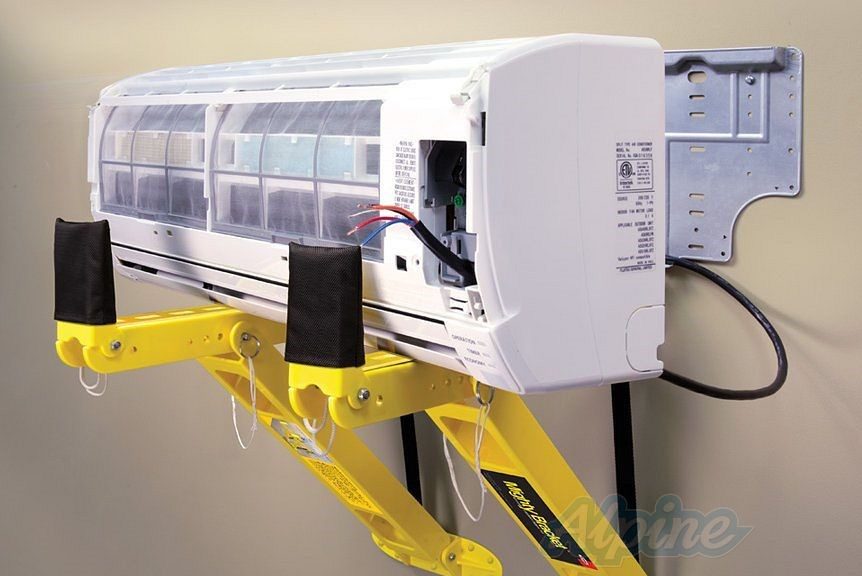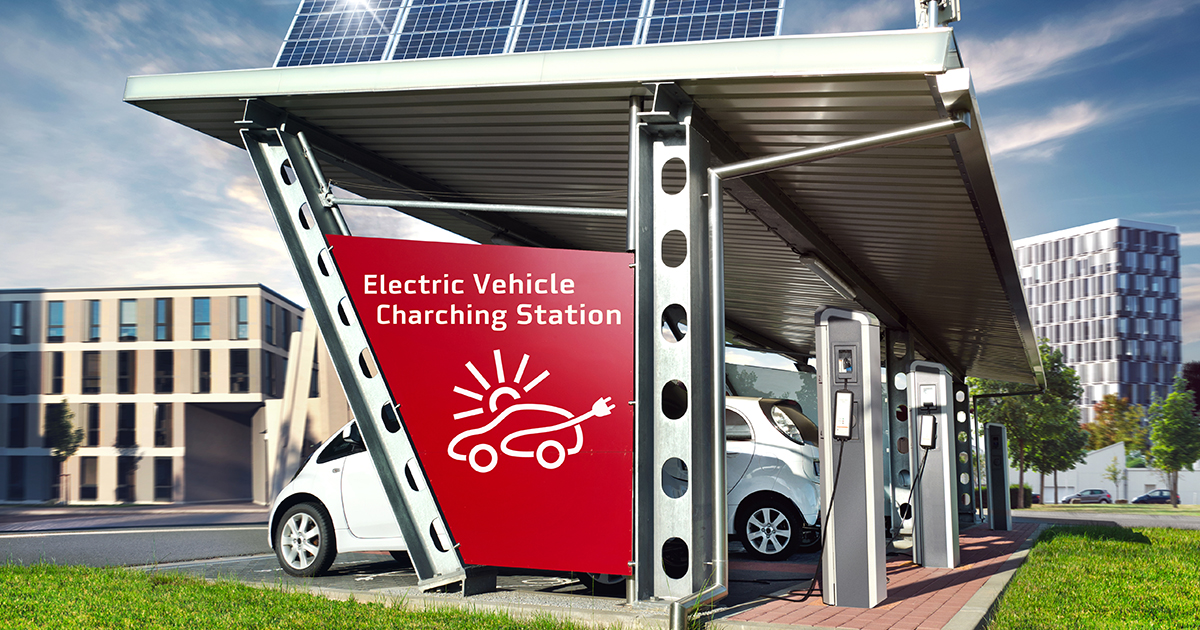
Reducing the building's carbon footprint
Our clients are increasingly attentive to the impact our activities have on global warming. If the building sector is to be ecologically responsible and make a long-term contribution to the energy transition, its carbon footprint must be reduced.
Our Building Solutions companies must therefore be able to calculate the carbon footprint of a building so as to reduce it. In the following, we summarise how this is done.
What is the carbon footprint of a building?
The carbon footprint is the building’s overall emissions of the main greenhouse gases (GHGs); it is expressed in kg of CO2 eq. The calculation is performed across the entire building life cycle.

What are the sources of GHG emissions within a building?
Within a building, systems and processes generate greenhouse gas emissions. There are four such “contributors”:
- Construction products and Equipment;
- Energy consumption throughout the building’s life cycle;
- Water consumption and discharge throughout the building’s life cycle;
- Worksite phase.
In Building Solutions activities, the main contributors are equipment and energy.
How is the building’s carbon footprint calculated?
The calculation of the greenhouse gas emissions from equipment takes account of the amount of equipment installed as well as its emission and replacement factors.
The emission factor is characteristic of each piece of equipment and depends on its components and the process used to manufacture it;
The replacement factor is the ratio between the building’s service life and that of its equipment.
These two factors are provided by equipment manufacturers and are brought together in a database (INIES) that can be accessed via the Internet.
The calculation of greenhouse gas emissions due to energy consumption takes account of an emission factor that depends on the energy vector (electricity, natural gas, fuel oil, district heating network). This factor can be accessed on the ADEME website.
How can the carbon footprint be reduced?
There are a number of ways to reduce the carbon footprint; the main ones are:
♦ Reduce the amount of equipment used. For example, where possible, avoid installing cable trays;
♦ Propose the use of equipment with a long service life. Example: 50 years for a radiator or a reversible ceiling fan vs. 16 years for a fan coil unit;
♦ Propose the use of bio-sourced materials (materials made from animal or plant biomass; in the building sector, the most widely used bio-sourced materials are wood, straw, hemp fibre, cellulose wadding, cork, linen and sheep’s wool);
♦ Use clean energy: in France, electricity or “low-carbon gas”;
♦ Limit equipment transport: use equipment made in Europe (rather than Asia);
♦ Promote public transport or car-pooling for worksite personnel, provide electric vehicles.
What will the RE 2020 environmental regulation require?
The RE 2020 environmental regulation (in France) will set four energy performance thresholds expressed in kWh/m²/year, as well as two environmental performance thresholds expressed in kg CO2 eq. It will spell out rules for applying the equipment emission and replacement factors.
A common in-house calculation tool
Building Solutions has developed a carbon footprint calculator that all companies within the network can use. It will be disseminated in early 2020 once the equipment emission and replacement factors are deemed sufficiently reliable.
Did you like the article ?


